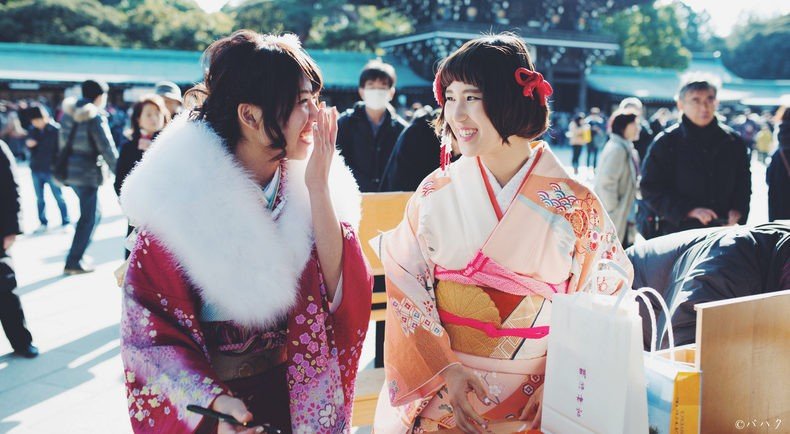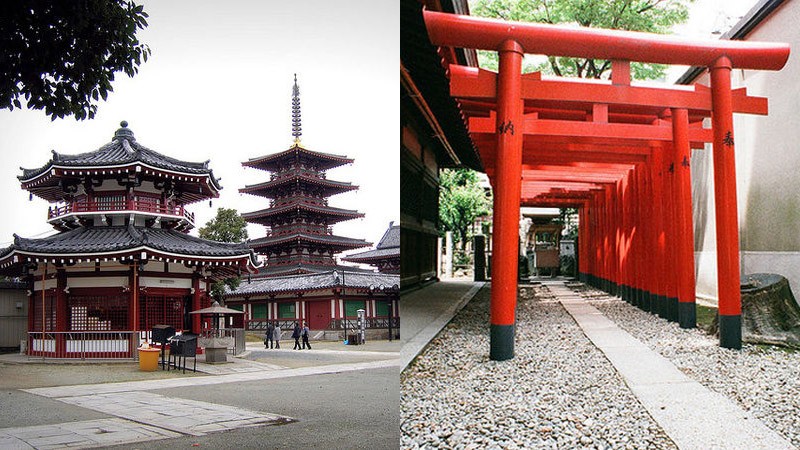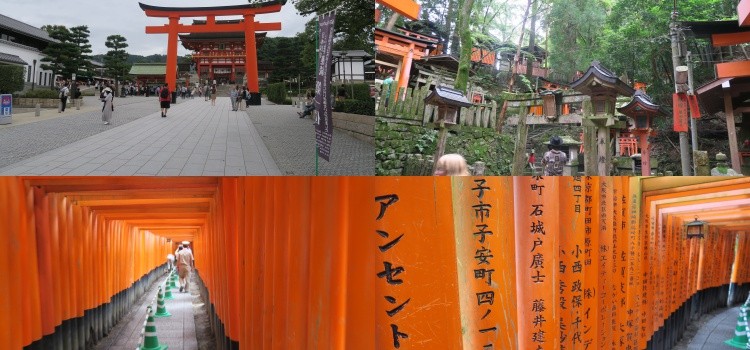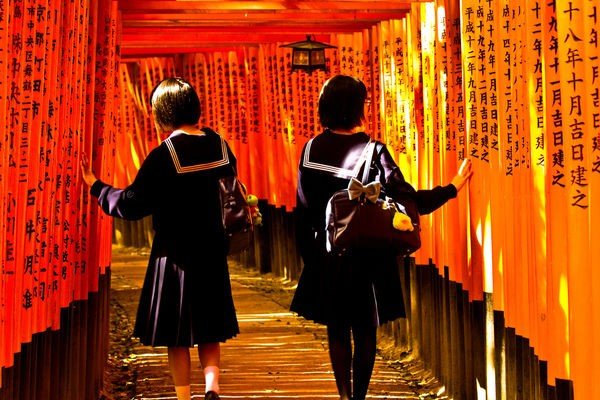Shinto is the term for Japan's indigenous religious beliefs and practices. Shinto has no founder, neither official sacred scriptures, nor fixed creeds, but it has preserved its main beliefs and rituals over time. The word Shinto came into use to distinguish Japanese indigenous beliefs from Buddhism, which were introduced in Japan in the 6th century AD
Shinto (along with Buddhism) is closely linked to Japanese society and culture. Shinto's relationship with other religions in Japan is generally cooperative and harmonious. Shintoists insist on maintaining their own characteristics and inner depth while working for the peaceful coexistence of human beings.

Índice de Conteúdo
Aspects of Shinto
Shinto is the ethnic religion of Japan that focuses on the belief that spiritual powers manifest in natural places such as mountains, rivers and other aspects of nature, including people and animals.
There is no founder of Shinto, but some of its practices date back to the 8th century. As an ancient religion, Shinto took over small villages and then spread to Japan. Eventually, it became a recognized religion.
Shinto does not have a Bible, but it does have several model texts. Shinto as a system of religion or belief was originally created to distinguish the beliefs of Japanese indigenous peoples from the beliefs of Buddhism, which began in the 6th century. So it is possible to practice both Buddhism and Shinto, as they do not contradict each other .

Basic principles of Shinto
At the core of Shinto are beliefs in the mysterious power of creation and harmonization (musubi) in kami and in the true way (makoto) in kami. The nature of kami cannot be fully explained in words, because kami transcends man's cognitive faculty. Dedicated followers are able to understand kami through faith and generally recognize several kami in polytheistic form.
The kami (gods or spirits) began as the mysterious forces of nature associated mainly with permanent features in the landscape, such as unusual mountains, rocky cliffs, caves, springs, trees and stones.
Many folk tales have evolved around these sacred places, which often refer to animal ownership and mainly involve foxes, badgers, dogs and cats among people. Heavenly bodies play only incidental roles as gods of Shinto.

Shinto maintains a generally positive view of human nature. A common Shinto saying is that “man is the son of kami". First, it means that a person was given life by kami and that its nature is therefore sacred.
In fact, this divine nature is rarely revealed in man, which gives rise to the need for purification. Second, it means that daily life is made possible by kami and therefore, people's personality and lives deserve respect. An individual must revere everyone's basic human rights, as well as their own.
Shinto practices
Shinto ceremonies are designed to attract kami benevolent treatment and protection and consist of abstinence (imi), offerings, prayers and purification (harae). Purification, washing with water, symbolically removes the dust and impurities that cover the inner mind.
A traditional Japanese house has two family altars: one, Shinto, for your kami tutelary and the goddess Amaterasu Omikami, and another, Buddhist, for the family ancestors. Pure Shinto families, however, will have all Shinto-style ceremonies and services.

Shinto does not have weekly religious services. Some may go to the sanctuaries on the 1st and 15th of each month and on occasions of rites or festivals (matsurifollowers of Shinto visit the shrine at their convenience; although some heart devotees pay respect to the sanctuary every morning.
Shinto shrines are considered the home of the kami. The most important building in the sanctuary is the inner sanctuary (honden), in which a sacred symbol called shintai ("divine body") or mitama shiro ("symbol of the divine spirit") is enshrined.
The usual symbol is a mirror, but sometimes it is an image of wood, a sword or some other object. In any case, it is carefully packed and placed in a container. It is forbidden to see it as only the chief priest can enter the sanctuary.
Torii | Rituals | Festivals
One torii (gate) is at the entrance to the sanctuary enclosure. Proceeding to the main approach, a visitor arrives at an ablution basin where hands are washed and mouth rinsed. Usually he or she will make a small offer at the oratory (haiden) and pray. Sometimes a visitor may ask the priest to perform rites of passage or offer special prayers.
Various Shinto rituals of passage are observed. A newborn baby's first visit to the tutelary kami, which occurs 30 to 100 days after birth, is to initiate the baby as a new follower.
The Shichi-go-san (seven-five-three) festival on November 15 is the occasion for five-year-old boys and three- and seven-year-old girls to visit the shrine to thank Kami's protection and pray for his health. growth.

January 15th is Adult Day. Youth in the village often join the local youth association on this day. At the moment, it is the day of celebration for the Japanese who have reached their 20s.
Japanese people usually have their Shinto-style wedding ceremonies and pronounce their wedding vows to kami. However, Shinto funerals are not common, due to Shinto concerns about ritual purity. Most Japanese have their Buddhist-style funerals.
The article is still halfway through, but we recommend also reading:
Some information about religion
- The name "shinto"Chinese drift"shin tao", which means "path of the gods";
- There are at least six Shinto strands, namely: 国家神道 (kokkashindō), 神社神道 (jinjashindō), 皇室神社 (kōshitsu jinja), 民俗神道 (minzokushindō), 宗派神社 (shūha jinja) and 古神道 (koshindō);
- In Shinto, transgressions and bad actions are considered impurities that must be cleaned up for mental tranquility;
- We jinjas (temples), it is considered taboo to do anything wrong there;
- When a child is born in Japan, his name is included in a jingle, making the child a "child of the family". When the person dies, they become a "family spirit";
- The Shinto gods are, for the most part, guardians of the people. However, some can be malignant;
Did you like the article? Share with the friends! We also recommend reading:





